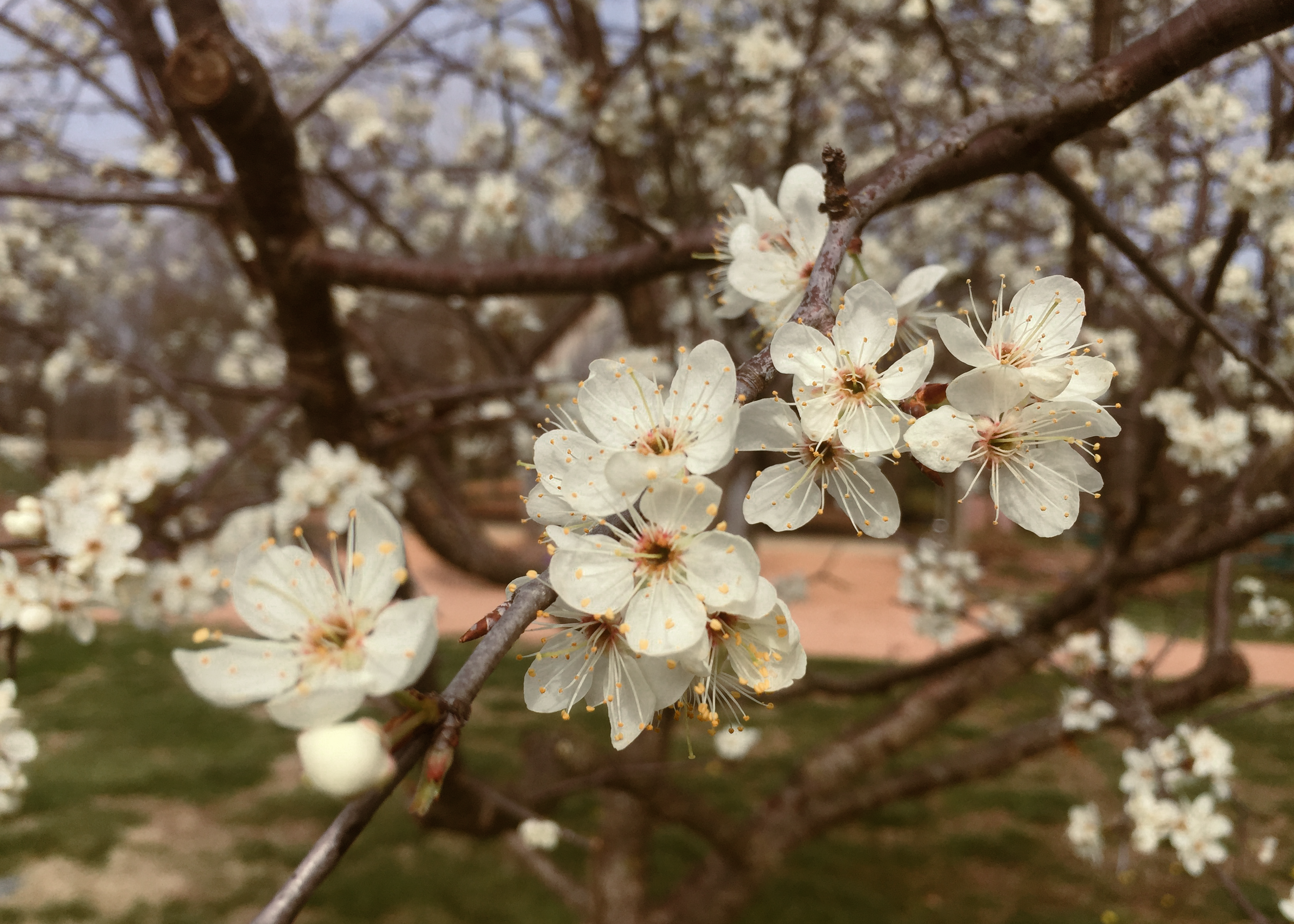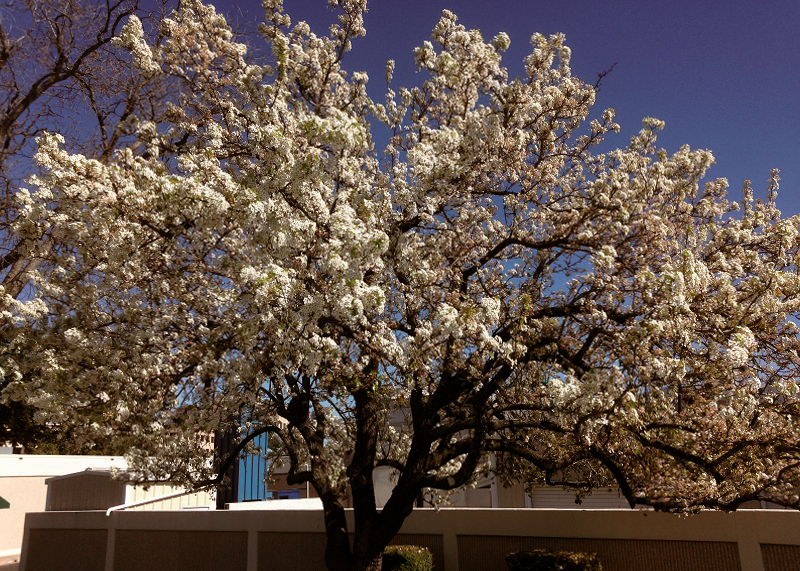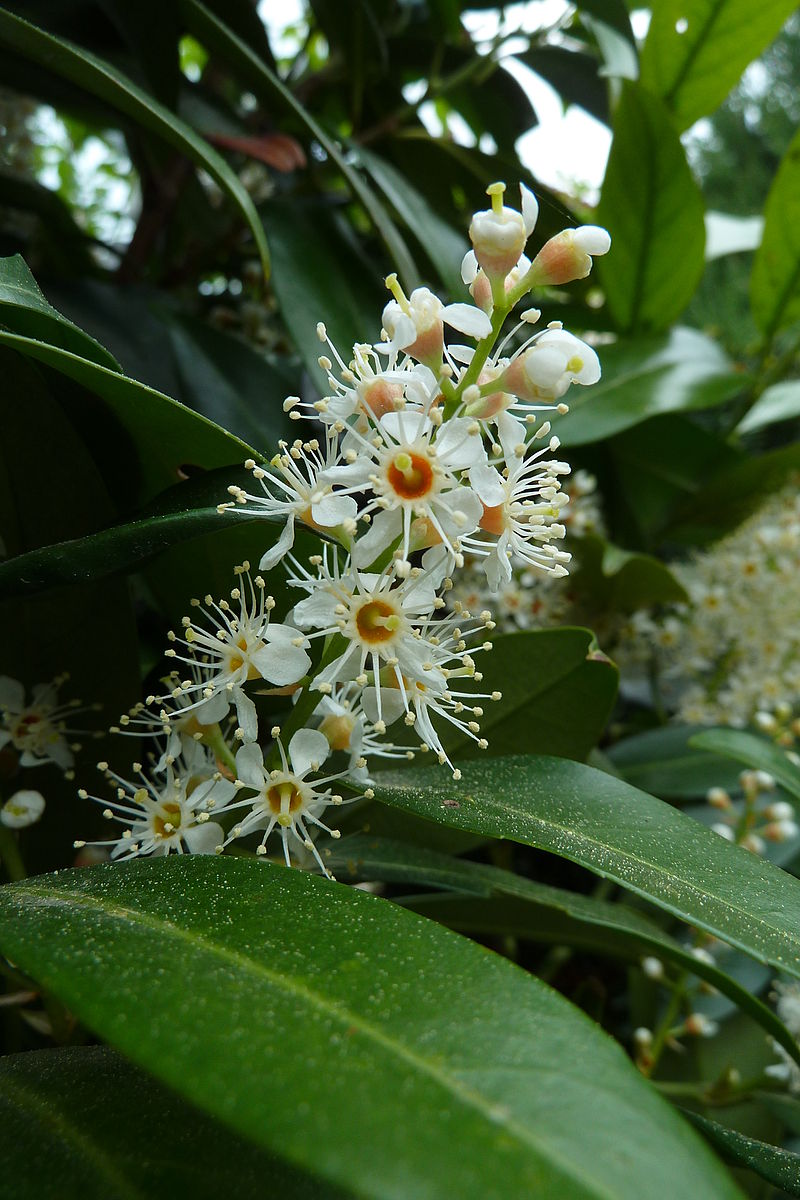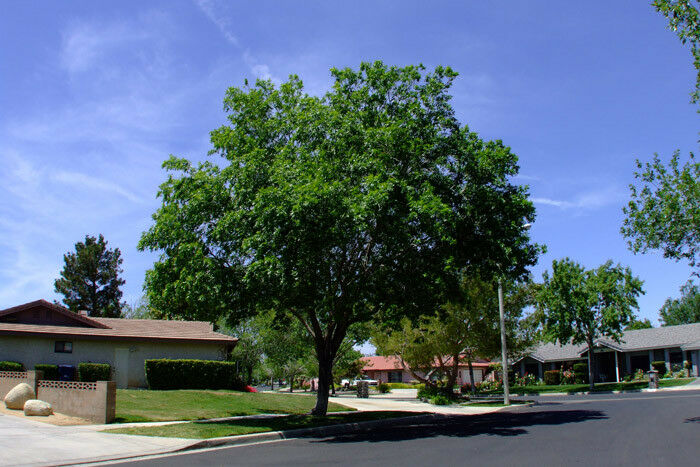Mexican-buckeye is a deciduous tree that can grow up to 8-12 ft. in height and reach 30 ft. It usually has light gray to brown bark, smooth on young branches, and fissured with age. The leaves can grow up to 12 inches long, with a central axis that supports 2 to 6 paired leaflets and a terminal one. The leaflets are up to 5 inches long, ovate to narrower, with an elongate tip, rounded base, and serrated margins. The pinnate foliage turns golden yellow in the fall. The tree produces fragrant, bright-pink flowers in clusters before or with the leaves from the axils of the previous season. The fruit is a light reddish-brown, a three-lobed capsule that contains 1 to 3 dark brown to black, shiny seeds that are 1/2 inch in diameter. The capsule's walls often persist through the winter, and the seeds are poisonous.
From a distance, the tree in full flower looks similar to redbuds or peaches. Children sometimes use the sweetish but poisonous seeds as marbles. Livestock seldom browses the toxic foliage, but bees produce fragrant honey from the flowers. Although not a true buckeye, it is so-called because of the similar large capsules and seeds. In its genus, this distinct plant commemorates Baron Ferdinand von Ungnad, Austrian ambassador at Constantinople, who introduced the Horsechestnut into Western Europe in 1576.
Mexican buckeye produces an opulent show when it blooms. The foliage turns a clear yellow in the fall. Foliage, flowers, and dense branching make this species an outstanding small specimen tree or tall background shrub. This tree proliferates, is drought-resistant, and is resistant to cotton root rot. If desired, prune the tree to encourage a single trunk. The growth characteristics of this tree vary significantly with the site. The seedpods of this tree are mildly poisonous.
































